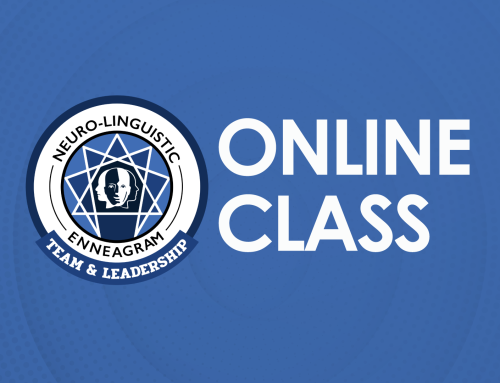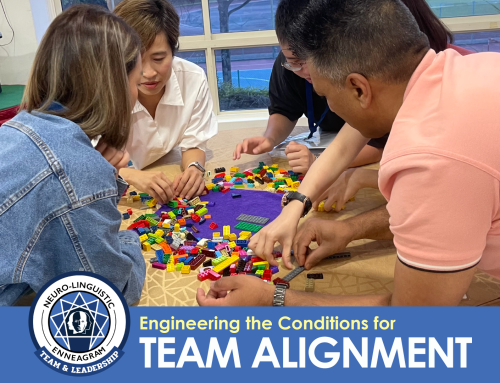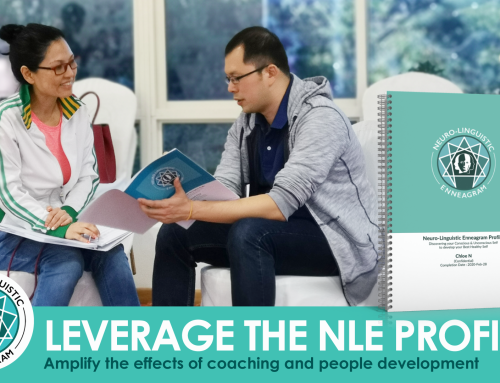by Marco Nieuwenhuize and Joanne Majewski
Children and Their Personality
What motivates kids? Why do some kids fight, while others retreat and go inside themselves? Why do some kids run away from their problems, and others look for continual guidance?
Kids’ personalities are as complex and varied as our own. We want to help kids grow and develop, but if we do not understand their personality characteristics, we end up giving them what we would want, and not what they need.
The Enneagram personality system is a useful tool for understanding different types of kids and their patterns, and for seeing how adult personality types work with children. We can see how kids learn, what resilience factors contribute to their successes, and what different kids look for in a mentor. Through the Enneagram, we begin to see why kids are facing so many challenges today, and why certain kids may display ADD/ADHD characteristics. We also want to find ways to help them without using prescription drugs.
Using the Enneagram with Youth
We use the Enneagram’s nine different personality styles to learn about kids, and have practical techniques to work with them. Remember that each child is special and unique, and their entire being is much deeper than what personality characteristics they display. Kids are still developing and figuring out who they are, and it is important that we do not put them into a ‘box.’
The Enneagram types have many different names. We are using these names below because they apply best to children:
- The Perfectionist wants to do everything just right and is often self-critical.
- The Helper wants to be of assistance and to be liked, and often masks his or her own feelings and needs.
- The Achiever is driven to perform well and to win approval.
- The Individualist is sensitive, often dramatic, likes to express him or herself, and needs to feel special.
- The Observer is curious, wants to understand everything, and is often shy.
- The Questioner is alert, looks for security, and may be fearful or confrontational in the face of the unknown.
- The Adventurer seeks anything new and fun, and often exhibits a short attention span.
- The Asserter is strong, energetic, and often aggressive.
- The Peacemaker wants everyone to be happy, and avoids conflict.
The Three Centres – Mental, Emotional and Physical
Each of us has 3 centres which influence us – our thoughts, our emotions, & our bodies. Our personality is determined by the centre which is dominant, & by the centre we repress.
Mental or Thinking Centre (Types 5,6,7)
Focus on getting information, logical & sequential thinking, have issues with trust and fear.
Emotional or Heart Centre (Types 2,3,4)
Focus on relationships, personal connections, communicating, have issues with image.
Physical or Instinctive Centre (Types 8,9,1)
Focus on action, doing, systems, have issues with anger and will.
The centre that is repressed determines how people respond when they are in stress or conflict. The reason kids get into trouble is because when they feel stress or tension, they respond to it in an unhealthy way. Tension can come from relationships with parents, peers, school, not having enough money, etc. Kids need to learn how to respond to stress in a healthy way, and not in a neurotic way.
The Hornevian Model
This is a very simple model which gives a quick understanding about what is happening with an individual. These three forms of behaving become very visible in times of conflict, tension, or stress. Often, kids will take on the qualities of all the three types within their Hornevian group.
Assertive Group (Types 3,7,8)
Moving Against People, Repress Feelings, Aggressiveness.
Withdrawing Group (Types 4,5,9)
Moving Away From People, Repress Doing, Detachment.
Waiting, Compliant Group (Types 1,2,6)
Moving Towards People, Repress Thinking, Pushing & Complaining.
Creating Balance – How Can We Help Them?
All change comes from within. People will not change unless they make the decision to change themselves, or they want to change. Our main goals in working with youth are to be emotionally honest, genuinely invested in working with them, and to let them find their own sense of self.
“I do beseech you to direct your efforts more to preparing youth for the path and less to preparing the path for the youth.”
Ben Lindsey
Mental or Thinking Centre (Types 5,6,7)
They need to trust you to give them structure. They can quickly move their interest to something else, so they need a schedule to keep them focused on what needs to get done – homework, chores, etc. They need to feel safe and secure. The goal is to lead them to self-control.
Emotional or Heart Centre (Type 2,3,4)
They want to hear about your life before they will talk honestly about their own lives. They want an authentic emotional connection, a two-way relationship. They need attention from you when they are doing things WELL. The goal is to lead them to self-love.
Physical or Instinctive Centre (Types 8,9,1)
They need to respect you if you are going to discipline them. You must be totally honest with them, do what you say you are going to do, i.e. follow through on promises and consequences. Too much discipline will have a negative effect because they also need to develop their sense of self. The goal is to lead them to self-discipline.
All people need a healthy balance between structure, love, and discipline. Give the child what he or she needs first, depending on the centre he or she is currently displaying. Creating a balance between the three is the main goal.
If a kid keeps giving us a problem, or getting on our nerves, maybe it is a challenge of OUR personality:
Can a Withdrawing adult administer discipline in a stressful situation?
Will an Assertive adult spend time processing feelings with kids in the emotional centre?
Would a Compliant adult give kids freedom to grow and develop? Give them a chance to make mistakes and learn from the consequences by themselves?
You have a responsibility, if you are going to work with others, to understand yourself. You need to be aware of your strengths and challenges, and the kind of people who annoy you.
Help students identify their current area of strength, as indicated by their Enneagram Type, as a starting place in the development of a sense of purpose and future. Kids need to see that they have a lot to offer to themselves, and the world!
Marco and Joanne presenting the “Managing Difficult Children” workshop in May 2001.
They have written a workbook called “Children And Their Challenges“.
[inf_infusionsoft_inline optin_id=”optin_2”]






